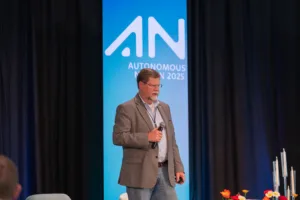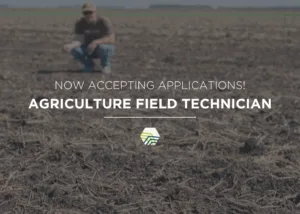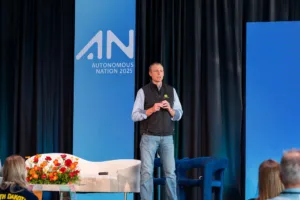An Interview with Mark Ottis, a North Dakota Grower.
Farmers only have around 40 chances to be successful. They have 40 growing seasons and 40 years to create a routine, customize a system, and learn from their mistakes to build a successful growing career before they retire.
Mark Ottis, a North Dakota farmer, has been farming for decades. He believes that there is nothing you cannot know if you can ask the right question, and by applying his curiosity to his fields, he has created wealth, shared knowledge, and invested in the farm of the future.
Mark has explored what data collection, data privacy, and technology could look like on his farm, but amidst technology surges in AgTech and innovation, he describes many challenges to overcome before they can be practically applied to a farm.
He refutes his curiosity and search for innovation by declaring, “Everything we have is what the caveman had. The only thing they didn’t have was knowledge.”
Knowledge is Meant To Be Shared
Mark believes that knowledge isn’t worth anything unless it is shared: you have to give it away to get it back. In agriculture, knowledge equals data. Acquiring data from multiple sources enables farmers to make educated decisions based on similar data points from their own field.
However, if data usage and collection is going to affect operations in farming, it has to work 100% of the time.
“We don’t know what the solutions or the problems are, but we’re trying to create a network for those places to come together. Solutions have to scale beyond the farm from which the data is coming, but infrastructure has to be in place for these things to occur.”
“We have roombas for our houses. Why wouldn’t we have them for our fields?”
Farmers can use AI to see patterns that are invisible to the human eye.
AI, combined with drone technology, can collect data that increases the productivity of a field and frees up the minds of farmers for other things. But how can this be incorporated into a field where success is dictated by consistent results over time?
“Instinct is the mind’s ability to process information without consciously being aware of it. Artificial intelligence works by finding patterns in information and making sense of it.”
Mark gave one example of this and said that AI could be used by taking pictures from drone technology to send to AI that can then tell what different rows of corn are doing, what they’re not doing, and can find inequalities that might not be seen by the naked eye.
He explained that, “Right now, the process of data collection might be more valuable than the result. However, with data collected and built up over time, endless possibilities arise with what could happen with all that knowledge. We’ve collected data that isn’t important. In many cases, we’re still searching for the best data. The only way to know what information is truly valuable is to share it with others doing the same thing.”
Increasing Productivity and Feeding the World
Knowledge’s job is to drive the cost of what we produce down. Mark explained, “You’ll make more money if you produce more at a lower input cost and if you understand why some things succeed and why others fail.”
“For example, a field might have microclimates that we don’t understand. There could be dry conditions with strong winds and less production on the sides of the field than in the middle. The air gets moderated as it moved into the thicker part of the field, creating different growing conditions. How do farmers collect, study, and collaborate with the data that comes from that field and optomize the field conditions using the collected data to improve crop productivity?”
Mark developed a theory around productivity: “If we raise 300 bushels of corn in the Red River Valley, the environmental impact per unit will be less than a marginal field that grows 100 bushels per acre. We need these units produced—they’re going to get produced somehow—so they should be produced with an environmentally smaller impact. If you need three acres to do what one can do, you are wasting resources, space, and money.”
Farmers in Minnesota and the Dakotas have a short window to get things done and a long winter to think about how to do it better. The need to get the work done drove innovation, and now, innovation can build a destination for what the future might look like.
Data collected from farmers across the region and the world can give insight and exact predictions for farmers with the same crops, conditions, and concerns to find solutions for their problems before they occur.
How Can the Future be Predicted?
Anyone can predict weather for two weeks. Within a month, it becomes less predictable, but farmers still have a good idea of changes they should make within that timeframe.
Mark remembers that, “We used to make predictions all at one time, and then change it for the next year, but have found that it is better to make small adjustments along the way rather than all at once. Through making predictions, assessing risk, and gathering percentages and processes for what might happen, we can evaluate risk and probability for the next few weeks, and for the next growing season.”
While evaluating these probabilities in his day-to-day work on his farm, Mark also asks himself the question, “What am I doing today that I just don’t know any better for in the future?”
Sparking Innovation
Many great ideas get stifled because, “that’s not the way we do it.” It takes a disruptor to change all of that. Eventually, innovation happens. It’s just a matter of who has the initiative to do it first.
Read the article published in Future Farmer.
Original article by Kennedy Fields.








